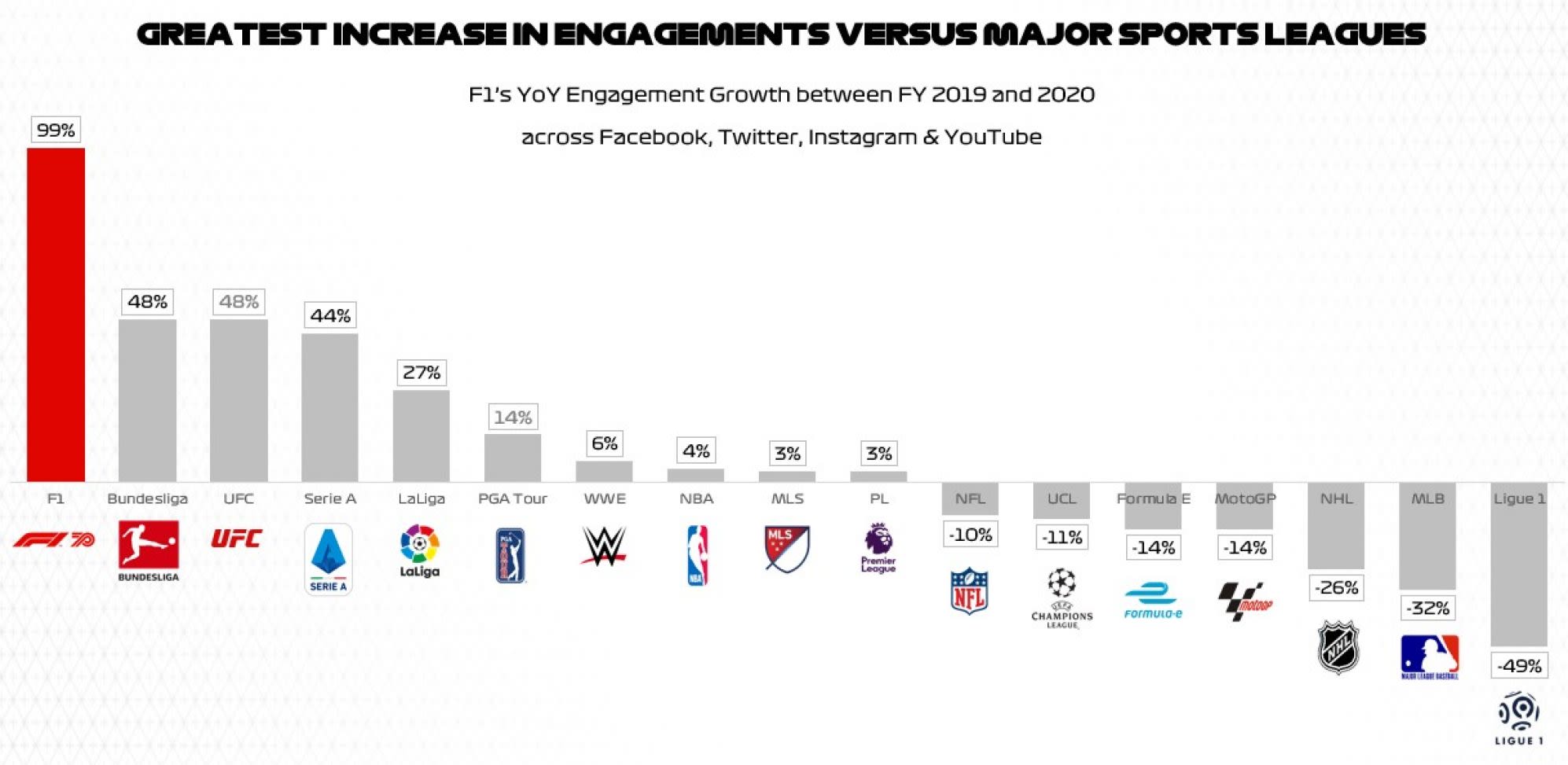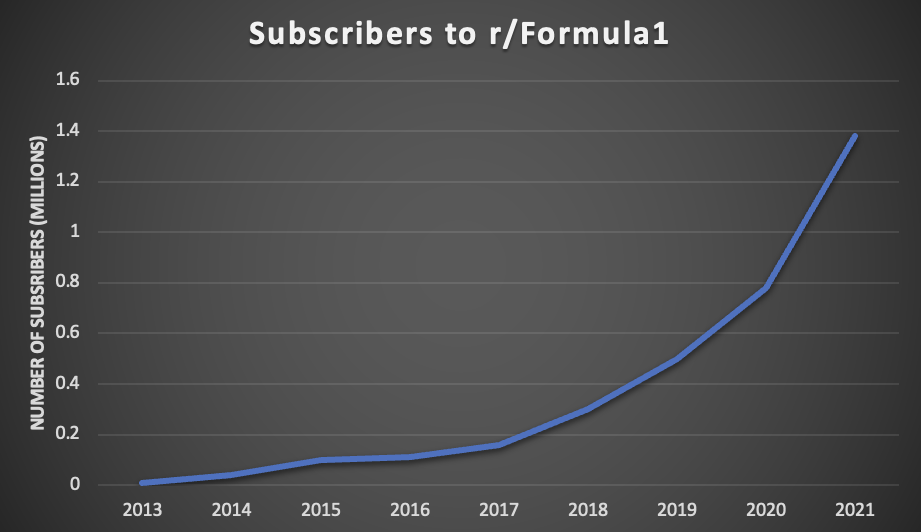Surviving to Drive
How Netflix re-invigorated Formula 1
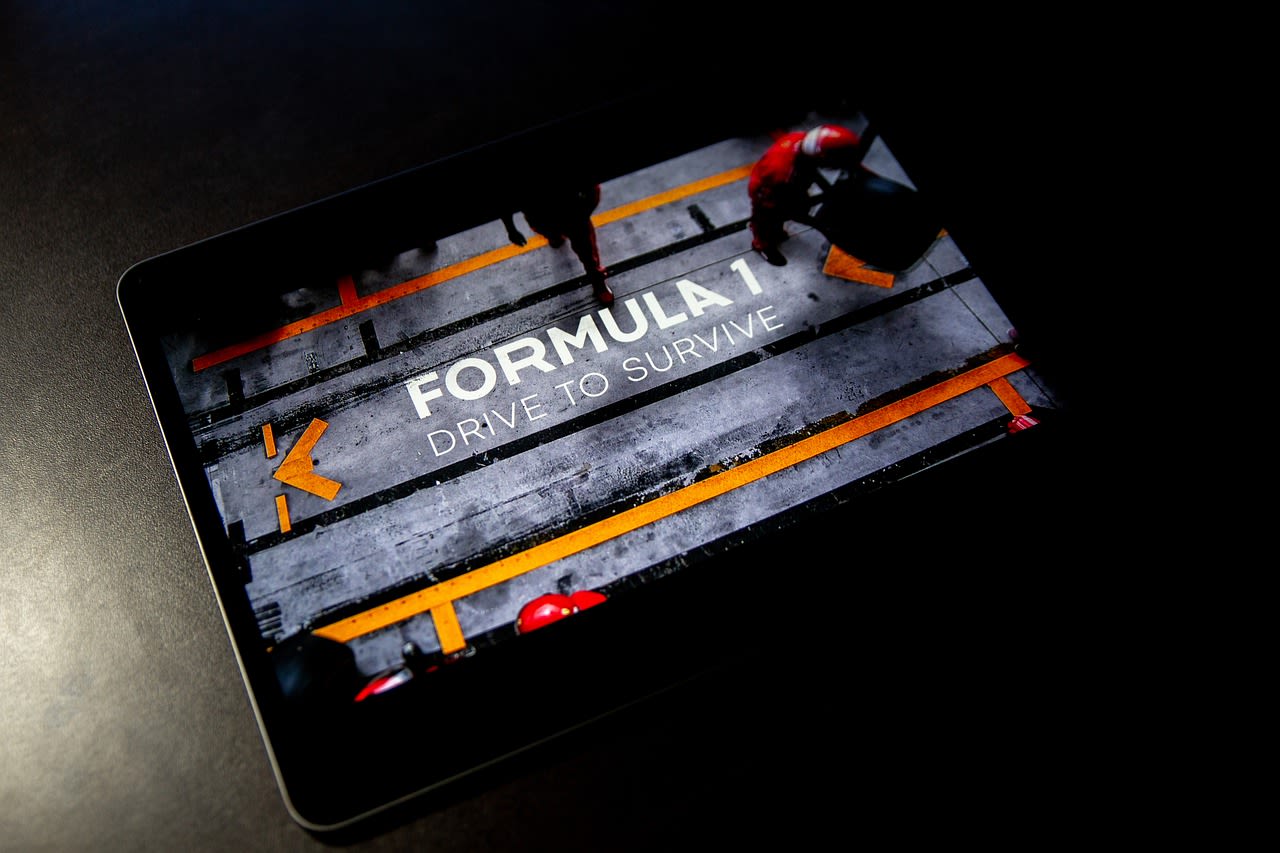
As Lewis Hamilton and Mercedes prepared to defend their World Championships ahead of the 2019 season, the docuseries Drive to Survive aired on Netflix for the first time - and the popularity of Formula 1 soared.
Formula 1 struggled to stay in the sporting mainstream for much of the last decade as TV rights were acquired by Sky, placing the pinnacle of motorsport firmly behind a paywall.
Tim Fullbrook, the creator and founder of The Racing Blog, suggested that the Netflix show owes its creation to the fact that Formula 1 is only available via pay-TV.
"I think the TV paywall fuelled the fire and the need for Drive to Survive.
"The casual fan stumbling across Formula 1 cannot happen if they have to fork out £30-a-month to watch.
"Drive to Survive has helped activate the fanbase that can accidentally find Formula 1."
F1 is now strongly outperforming other major sports in the digital arena, including the NBA and the Premier League.
Fullbrook said: "F1 is never going to be as big as football internationally. It's never going to have that causal interest.
"But it could get closer - there's no doubt that Drive to Survive has activated a massive fanbase.
"You see when F1 post a question on Twitter like 'What was the first Grand Prix you watched?' and before - in 2016 or 2017 - you'd get a lot of people saying Lewis Hamilton in 2008 or some even further back saying they watched racing in the 1980s.
"Now, you get a mass of fans saying 'I watched my first Grand Prix in 2019 because of Drive to Survive - people admit that they have come from the show."
Subscriber figures for the Formula 1 subreddit (r/Formula1) has seen enormous growth that corresponds with the release of the show in 2019, 2020 and 2021 - and Fullbrook believes this growth comes largely from casual fans simply coming across the sport.
"It allows someone who is just scrolling through Netflix to watch an episode and think 'that's interesting, I might watch the next Grand Prix'.
"It's been crucial to getting to those casual fans or people who have never been interested in F1 before - the strength of Drive to Survive has been in that."
"It was really great to show fans the other side of F1, both at the race tracks and at the factories. It gave people a fascinating insight."
So... Drive To Survive Season 3 has been out for two hours 🍿
— Formula 1 (@F1) March 19, 2021
How's everybody doing so far? 🤩#F1 #DriveToSurvive @netflix pic.twitter.com/zBSx83XKd1
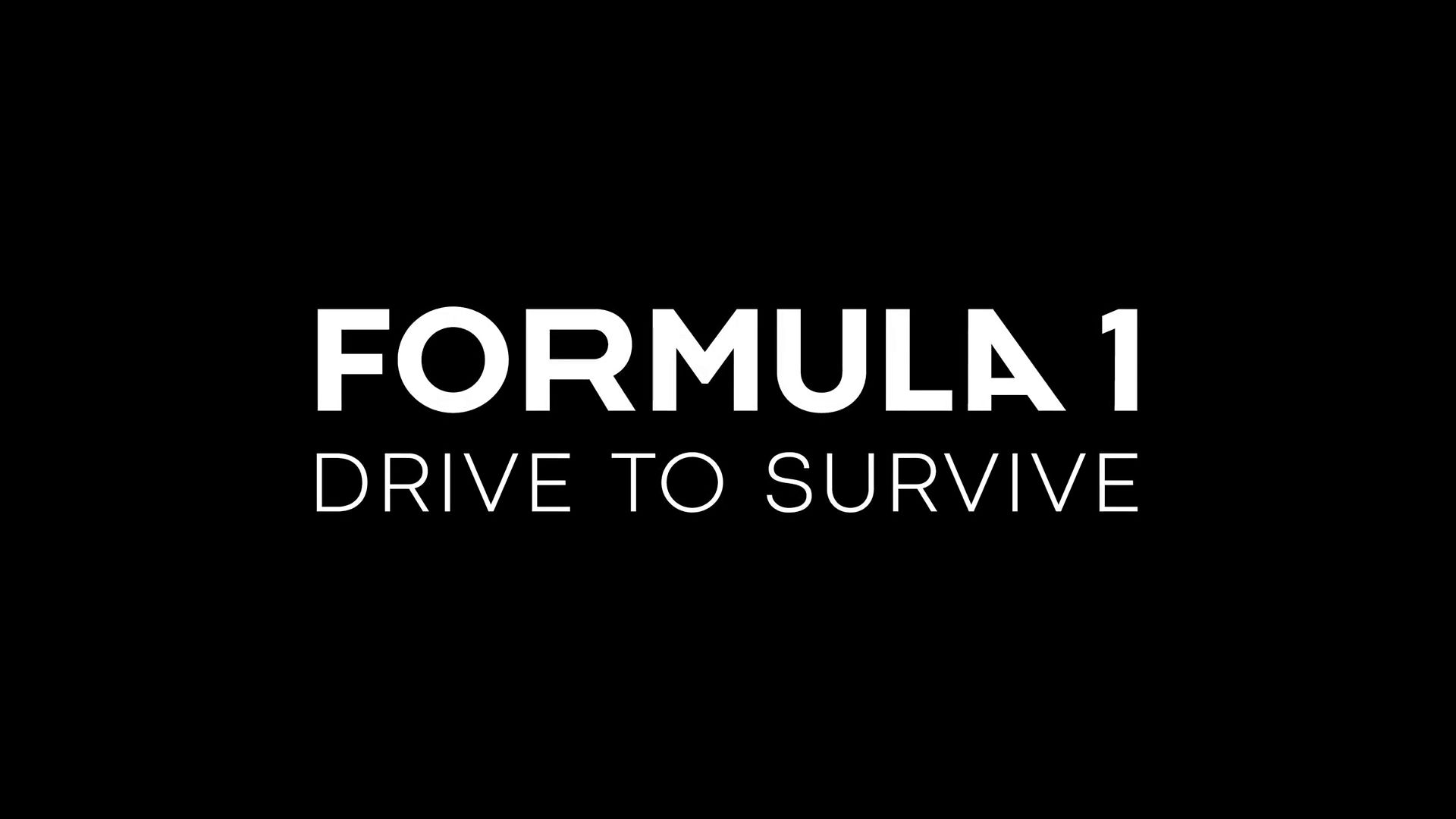
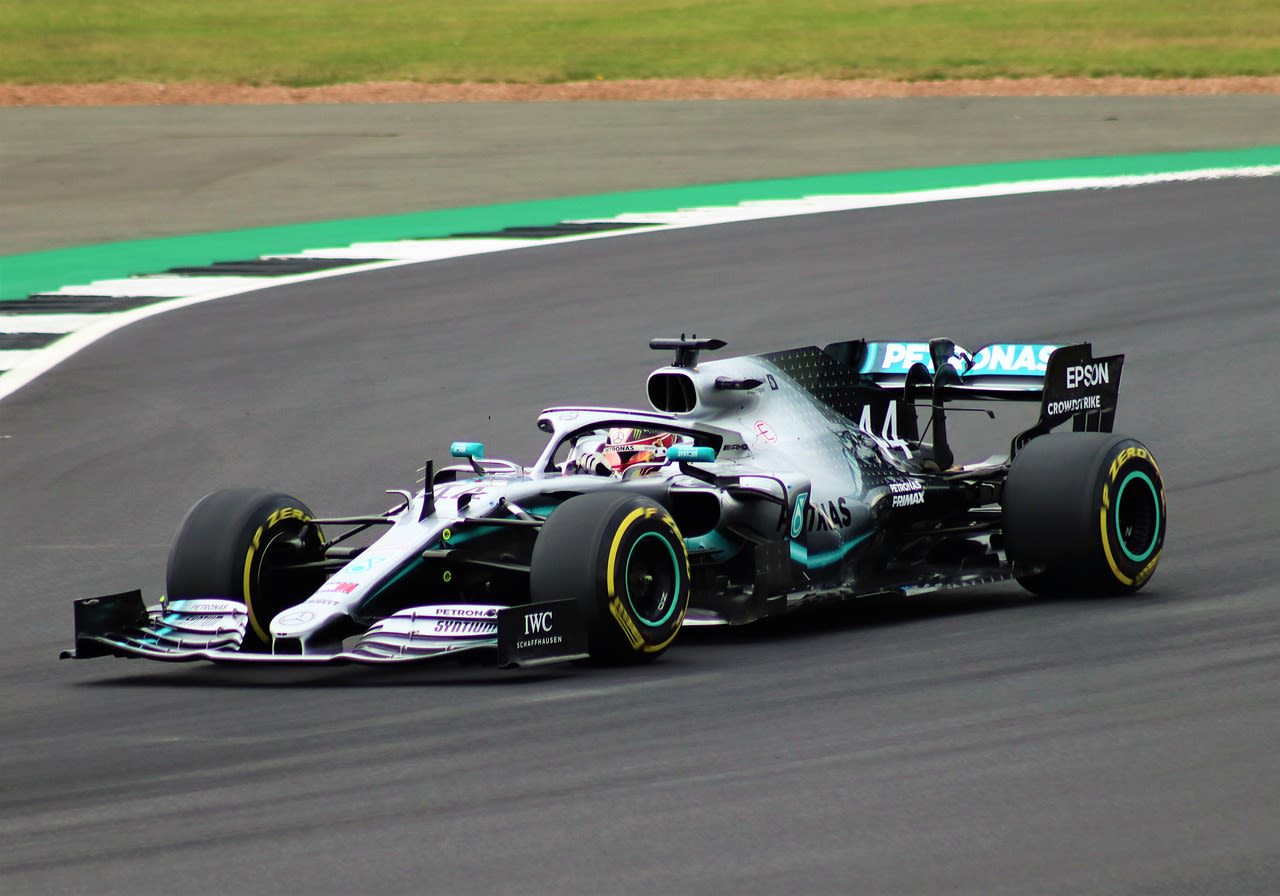
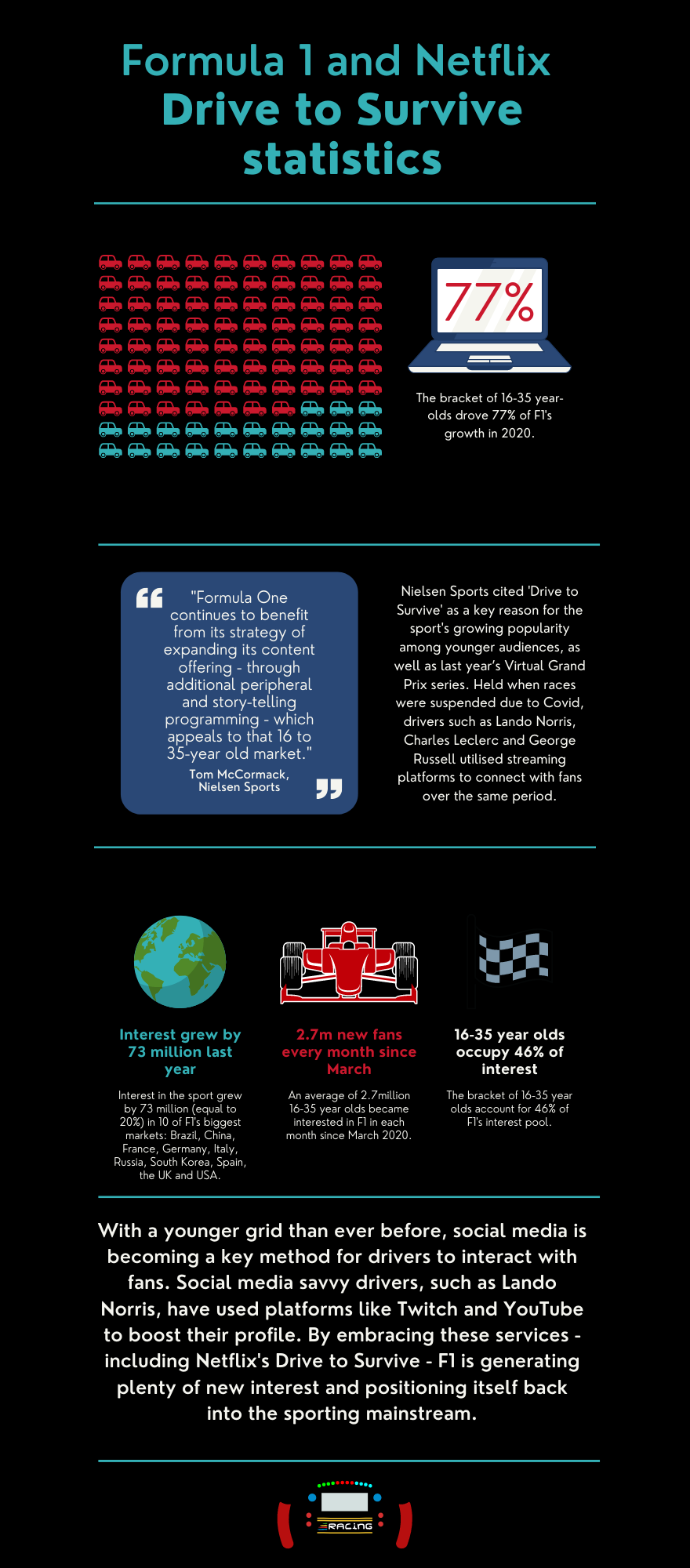
Drive to Survive brings hardcore fans closer to their idols while showing rookie followers that F1 is not just about speed.
Fullbrook believes the creation of the show stemmed from the demand of the entire fanbase.
"There was this establishment of surveys which have been run by FOTA (the Formula One Teams Association) since they were founded in 2008 up until around 2015.
"Drive to Survive has come from the demands of both the casual and really committed fans."
Liberty Media, owners of F1, want to market the motorsport company into a brand comparable to the NBA and NFL.
They want to turn their drivers into celebrities - and the collaboration with Netflix is a way to do just that.
Fullbrook said: "Fans get an understanding of a driver's personal life - we didn't have access to that before.
"You liked a driver because he was quick or because he drove for your favourite team, and now there's this new wave of fans who might like a driver because they found his swearing funny on Drive to Survive.
"The interesting thing is people are much happier to watch 10 hours straight on Netflix than they are to watch three hours of a Grand Prix on a Sunday.
"In that aspect, Drive to Survive has been crucial because you get so many people watching so many hours.
"It's not raw racing, but the show has helped launch F1 before a bigger audience."
The show acts as an instrument to uncloak the mystery traditionally surrounding the sport, outlining the key elements that mesh together to create good or bad performance: driver, car, team, money.
Fullbrook, a passionate follower of the sport, understands the show presents Formula 1 in a more digestible way for casual fans.
"Formula 1 is a complex and strange sport. There's hybrid systems, DRS, suspension metrics, tyre compounds, aerodynamics - it's not as easy as 20 cars on a racetrack going around in circles!
"F1 is a sport with athletes and engineering but at the end of the day, it is a source of entertainment.
"It is a spectacle - Drive to Survive is just presenting that spectacle through 10 hours of TV rather than 20 Grand Prix over the course of the year.
"It does it in a new way to access new fans and depict the storylines that you would see by watching the races."

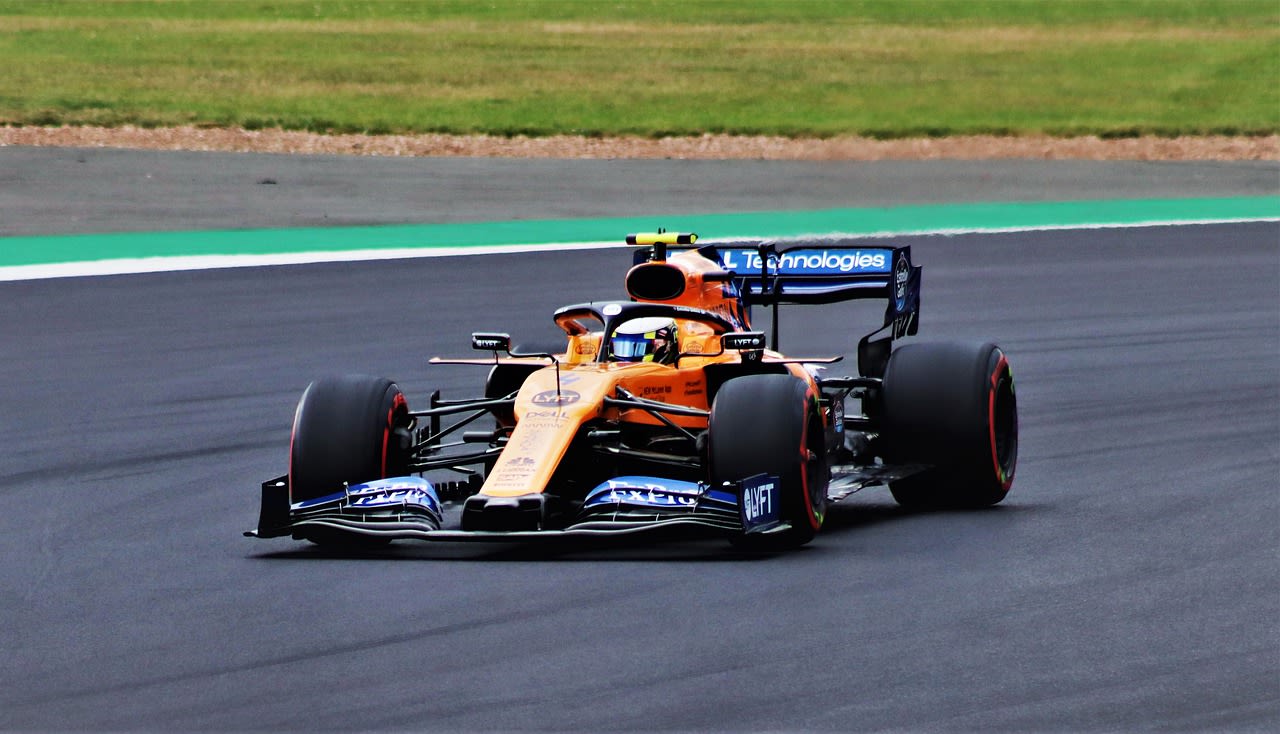
Fullbrook is worried the over-dramatised version of events presented by Netflix may negatively influence fans' perception of drivers.
He said: "Drive to Survive is at risk of following the route of entertainment.
"The drivers can be dramatised as characters in the show and it leads to unfair opinions.
"Their presentation by Netflix influences thousands of people and is fundamentally unfair."
The theatrical depiction of the sport has meant that feuds between rival drivers may be exaggerated for the sake of drama.
Daniel Ricciardo and Carlos Sainz were portrayed to be in a rivalry, with the Australian saying the show was creating non-existent issues.
"I appreciate there are rivalries. The most historical parts of F1 usually involve two names like Senna and Prost," Fullbrook added.
"Ricciardo and Sainz were rivals to the extent that they wanted to beat each other, but it was nothing more than that."


The third season of Drive to Survive premiered on March 19th 2021 and immediately became the most-watched show on Netflix in the world.
Despite this success, Fullbrook was quick to point out that the growth of F1 is not all down to the Netflix series.
"I wouldn't go so far to say that Drive to Survive is the sole reason for why Formula 1 is back in the sporting mainstream.
"Social media is the name of the game - if you're a driver, a team or a series, you have to be present, active and giving fans content and F1 has been very hot on that.
"In my opinion, that has been more important than Drive to Survive but they work in different ways."
In 2020, followers on Facebook, Twitter, Instagram, YouTube, TikTok, Snapchat, Twitch and Chinese social platforms were up 36% to 35m.
Video views across digital platforms were up 47% and total engagement up a staggering 99% to 810m.
"[Social media] has been more important than Drive to Survive, but they work in different ways."
Whether this growth of the sport comes from social media or Netflix, Fullbrook believes the pressure is now on the sporting body to keep the new fans interested.
"Drive to Survive is the doorway to the sport for a lot of people now, and the job falls on F1 to educate those fans.
"I'm not saying [new fans] need to understand all three and a half million pages of the FIA document, but they need to have a good enough understanding of the fundamentals.
"The important thing for me is that next step - bringing new fans up to speed, not just leaving them with an opinion based on a Netflix show."
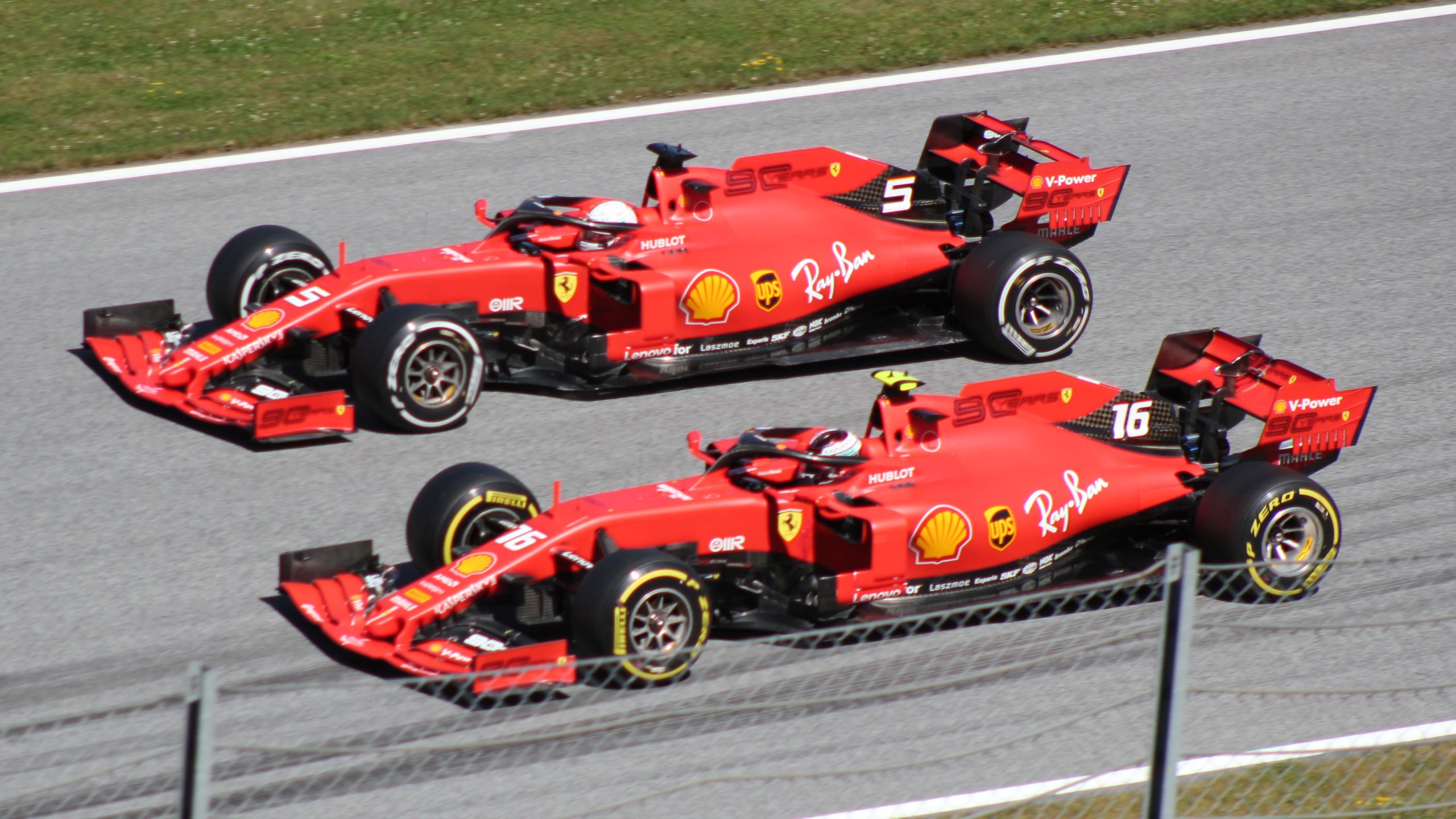
Whether the collaboration between Netflix and Formula 1 stays intact remains to be seen, but one thing is certain: Drive to Survive has certainly helped F1 race back into the forefront of sporting discourse.

